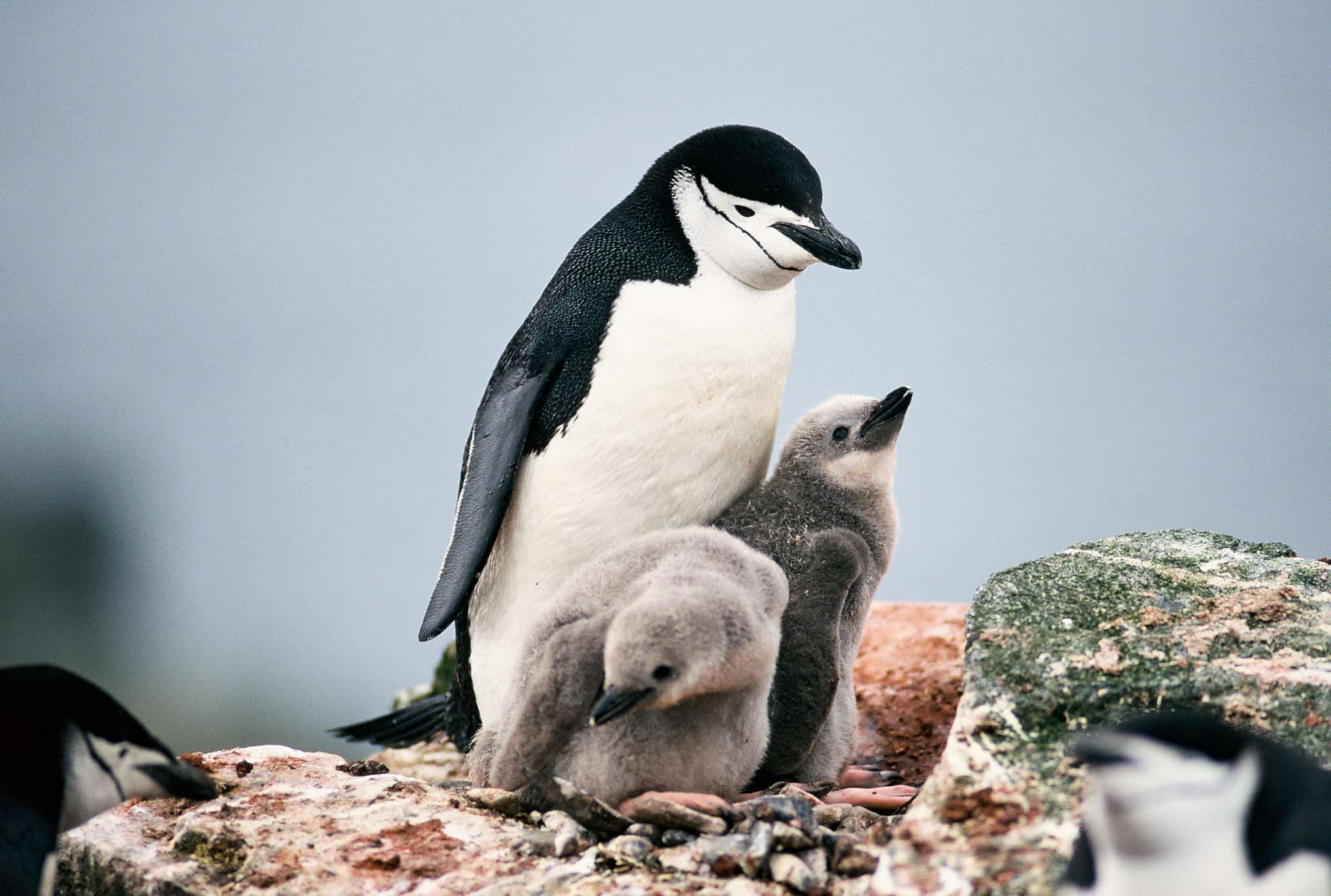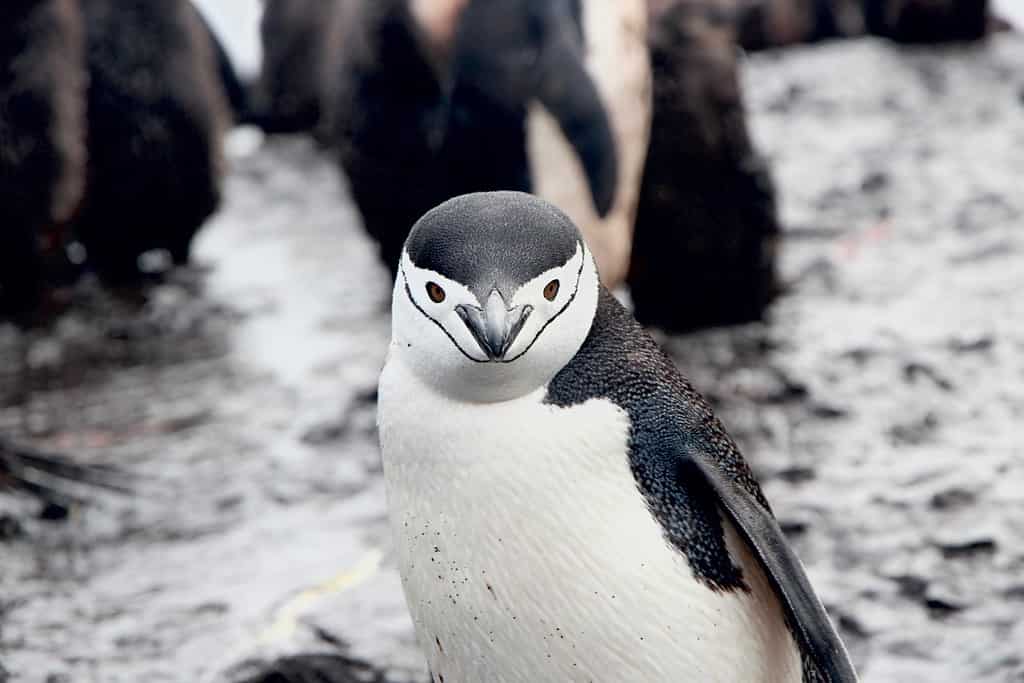
Penguins have long captivated us with their cute tuxedo-like appearance and wobbly walk. Yet, it’s their sleeping habits that have recently stunned scientists. According to a new study, these seabirds are champion power nappers, falling asleep thousands of times in a single day.
These micronaps last only a few seconds, but the penguins make up for the lost sleep by stacking these brief snooze moments. So, despite this fragmented sleep, they accumulate about 11 hours of rest daily. This pattern allows them to vigilantly guard their nests against predators.
“Humans cannot sustain this state, but penguins can,” lead researcher Paul-Antoine Libourel from Lyon Neuroscience Research Centre told The Guardian. “Sleep is much more complex in its diversity than what we read about in most textbooks.”
The Puzzle of Microsleep
Science shows that virtually all creatures require sleep. However, not all animals sleep the same. From the 20-hour slumbers of brown bats to the brief two-hour rest of giraffes, sleep patterns vary wildly across the animal kingdom.
Advancements in technology have further revealed discrepancies between sleep in captivity and the wild. For instance, sloths in zoos sleep nearly twice as long as their wild counterparts.
But among all these creatures, the sleep patterns of chinstrap penguins (Pygoscelis antarcticus) are some of the most unique and intriguing. Scientists were initially awed by the observation that penguins never seem to slip into deep sleep states during the day like humans do.

In 2019, Dr. Libourel’s team embarked on a unique expedition to King George Island, near Antarctica, where they studied a colony of over 2,700 breeding pairs over 10 days. During this time, they never saw a single penguin sleep for a prolonged period that we might recognize as “slumber”.
Using electroencephalogram (EEG) monitoring that scanned penguin brains and continuous video footage, Libourel and colleagues showed that penguins experience highly fragmented sleep regardless of their position. They can doze off standing or lying down in microsleeps, lasting only four seconds.
Humans experience microsleep, typically when sleep-deprived. For penguins, however, this is the norm. They clock in around 600 short bouts of slow-wave sleep per hour, the researchers found. This sleep pattern, a constant cycle of brief sleep and wakefulness, may be an adaptation to their challenging environment. Nesting colonies are noisy, crowded, and dangerous, with threats like predatory skuas always lurking.
Since the penguins are more vulnerable during sleep than many other animals, their unprecedented level of sleep fragmentation showcases an extreme adaptation to their environment.
The researchers believe these microsleeps offer crucial benefits, possibly aiding in cellular maintenance or synaptic adjustments. Although this hypothesis requires testing, these findings offer insights into the diverse sleep patterns in the animal kingdom.
There are other notable examples of peculiar sleepers in the animal kingdom. The African bush elephant averages only two hours of sleep per day. Giant frigatebirds during ocean migrations sleep less than an hour daily. Meanwhile, in fruit flies, sleep requirements differ by sex, with males needing over 10 hours and females managing with as little as 15 minutes.
The findings appeared in the journal Sleep Advances.






